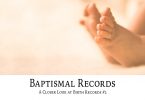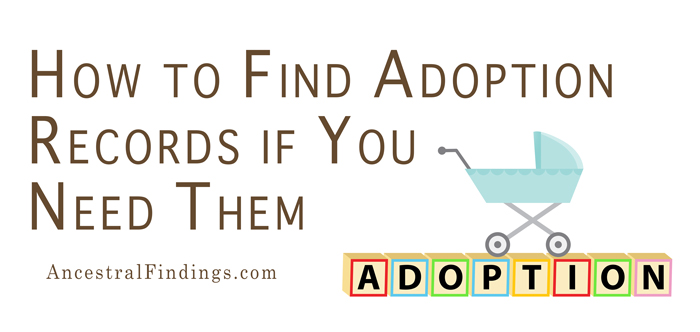One of the first documents you will probably look for as a beginning genealogist is a birth record for one or more of your ancestors. It is a basic genealogical document, and one that most people generated when they were born in some way or another. There have been a variety of ways that births have been recorded over the centuries, but for at least the past 1,000 years, most countries in the western world have made some attempt to document them. It is important, after all, to have some official record of a new human being entering the world.
When you think of birth records, you are probably thinking of the standard birth certificate. These have been in use for about a century, maybe a century and a half, in western countries. You probably have one yourself that documents your own birth. Most towns, counties, states, and western nations began requiring birth certificates that were registered and filed with the local or regional government in the mid-1800s to early 1900s. It is likely that you can find standard birth certificates for yourself and your parents, and very possibly your grandparents and even great-grandparents, depending when and where they were born, and the birth documenting requirements of those places at those time periods.
What information might you find on a standard birth certificate? While, like most official documents, it varies by time and place, the following information can be found on most of the modern-style standard birth certificates:
The Full Name of the Child — This includes the middle name, if any. Middle names can be useful in researching families, as family names were often used as middle names, and sometimes still are used that way. If you only knew an ancestor by a middle name, or by initials, the birth certificate will give you the full, official name.
The Names of the Parents — The most important bit of information you may get here is the maiden name of the mother, if you did not previously know it. If the child was born out of wedlock, or if the father was not known, there may be no father’s name listed.
The Ages of the Parents — If you did not have this information, now you do. It is helpful in looking up other records regarding the parents of this particular child.
The Location and Time of the Birth — Knowing the location of the birth can give you a clue as to where to look for other family members in that line. Knowing the time of birth is just cool, and makes a neat addition to your family tree.
The Name of the Delivering Doctor — You might be able to use this name to find other family members that the doctor delivered. If the child was not born with the assistance of a doctor, the name of the midwife might be included, or whoever assisted, such as a family member. If the child was born at home, or anywhere other than a hospital, that will be listed on the birth certificate, as well.






